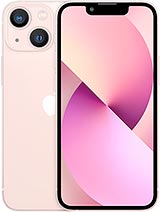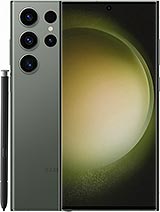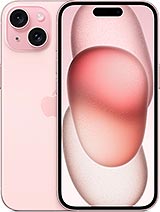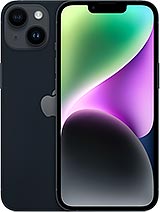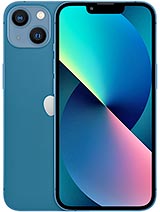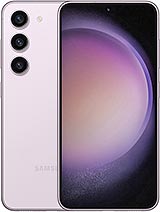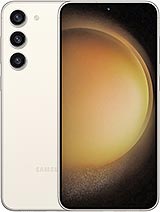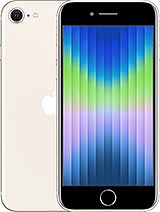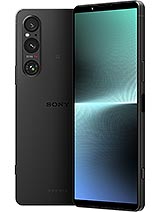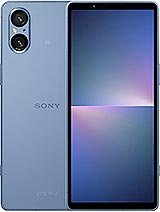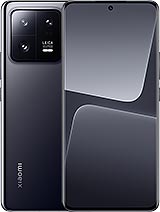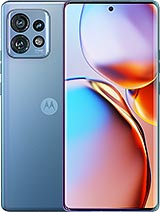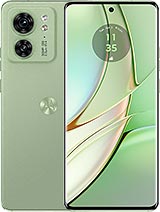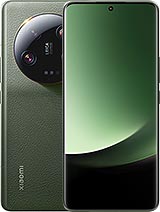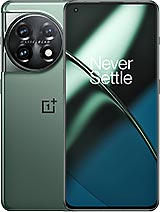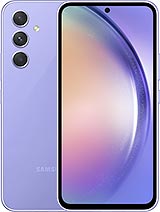Apple iPhone 15 review

OLED display - brighter, but still 60Hz
The iPhone 15 has a gorgeous Super Retina XDR OLED display. Just like last year, the display is 6.1 inches in diameter with a 19.5:9 aspect ratio and, in typical iPhone fashion, a funky resolution of 1179 x 2556 pixels. That's just a bit higher than on last year's iPhone 14 and results in a screen-to-body ratio of around 86.4% and a pixel density of around 461 ppi. That looks perfectly sharp in person.

This all sounds quite similar to the iPhone 14. However, this year, the iPhone 15 is much brighter than the iPhone 14. According to Apple, it should be up to twice as bright. While our testing doesn't quite back up that claim, there is no doubt that the display on the iPhone 15 is extremely bright. We measured 806 nits of brightness on the slider and a whopping 1643 nits of maximum brightness when exposed to strong external light. In practice, the iPhone 15 is perfectly comfortable to use even in the sunniest of conditions.
Apple doesn't really talk much about color depth and color modes. The idea is that it all just works seamlessly, and the user shouldn't worry about it. From what we can gather, the iPhone 15 has a 10-bit color panel, but that info is not officially corroborated. The iPhone 15 offers no color modes or settings, unlike most Android handsets. What you get instead is automatic color mode switching from the OS. The UI itself and most apps seem to work in sRGB mode.
The iPhone 15 is extremely color-accurate against the sRGB color space. DeltaE values are low enough even for color-sensitive work. The iPhone 15 can also display in the DCI-P3 color mode, but an app must specifically request that mode to trigger. The system works surprisingly well and is indeed transparent to the user.
The only color-related toggle Apple does have in settings is True Tone. It is meant to keep whites subjectively white in various lighting conditions and has historically worked well.

Speaking of a seamless experience, the iPhone 15 offers such an experience with HDR. The display has support for HDR10 and Dolby Vision. In practice, however, you don't need to worry about anything like HDR hardware decoders and DRM certification. The iPhone 15 just works, and you can rest assured that streaming services such as Netflix will always provide compatible HDR content in enough resolution to saturate the display's resolution. Apple's HDR implementation is also a lot more flexible than most and the display can have just a portion operating in HDR mode for something like a windowed video.
Honestly, the only real letdown with the display of the iPhone 15 is that Apple is still sticking to a 60Hz refresh rate. Devices in the Android realm have long since pushed past this basic refresh rate, especially in the price bracket where the iPhone resides. If you want high refresh rate on an iPhone, you still have to go Pro. That's a real shame, and we really thought this would be the year when Apple finally trickled the feature down to the vanilla iPhone. It really does make a major difference in terms of perceived fluidity and speed of operation in the UI.
That being said, on a more positive note, we have to praise the pixel response times of the iPhone 15 panel. It is incredibly fast and doesn't leave behind any smears or halos, even on fine text in motion.
Battery life
The iPhone 15 has a 3349 mAh battery. That's a bit bigger than last year's iPhone 14 Pro model and its 3200 mAh pack, as well as the vanilla iPhone 14 and its 3279 mAh. Apple has apparently done some extra optimization work on software and hardware since last year as well.
In typical Apple fashion, the iPhone 15 offers great battery life. It managed an Active Use Score of 13:20 hours. That is enough to outpace most of its competitors like the Samsung Galaxy S23 and the Google Pixel 8 and that’s despite rocking a notably smaller battery pack. Cupertino just needs to work on its in-call endurance, though, even with that disadvantage, it manages to shine bright in the endurance department.
Expand to reveal our legacy battery test (Endurance rating). How we test now.
The iPhone 15 has a 3349 mAh battery. That's a bit bigger than last year's iPhone 14 Pro model and its 3200 mAh pack, as well as the vanilla iPhone 14 and its 3279 mAh. Apple has apparently done some extra optimization work on software and hardware since last year as well.
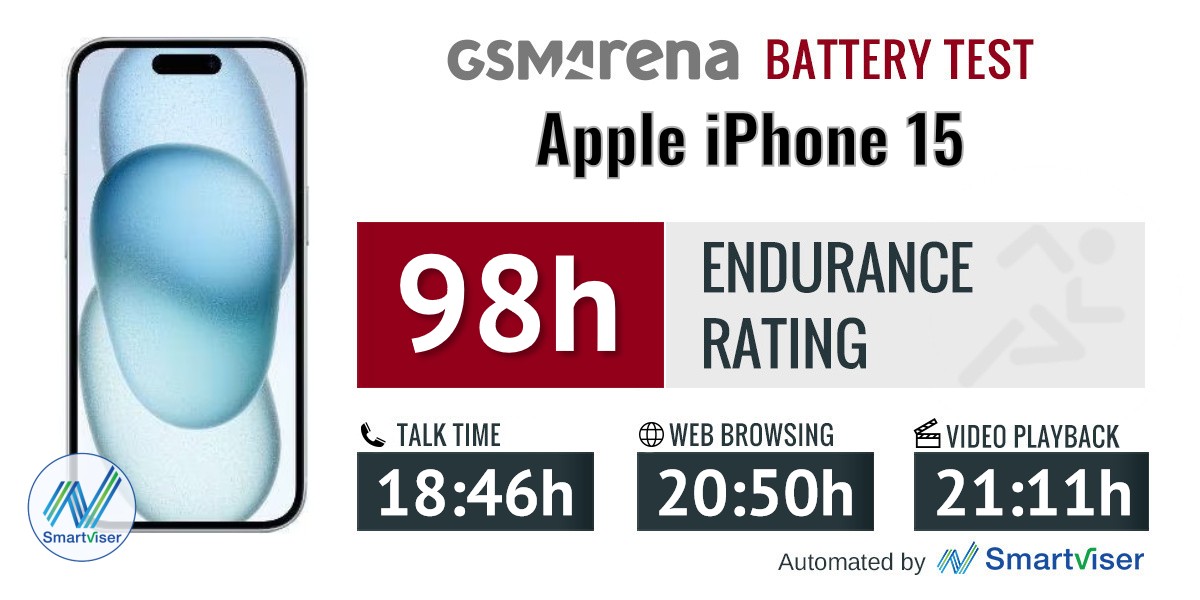
In our proprietary testing, the iPhone 15 managed a solid 98 hours of total endurance. That's notably better than last year's iPhone 14 Pro, which is what we should probably be comparing the iPhone 15 against, seeing how the two phones have very similar batteries and the same A16 Bionic chipset.
The new iPhone 15 did notably better in the offline video playback test. So much so, in fact, that we had to re-run the test a few times just to confirm our findings. Perhaps the new display Apple uses this year is much more efficient. This would also explain the extra hour or so of Wi-Fi web browsing the iPhone 15 managed.
Our battery tests were automated thanks to SmartViser, using its viSerDevice app. The endurance rating denotes how long the battery charge will last you if you use the device for an hour of telephony, web browsing, and video playback daily. More details can be found here.
Video test carried out in 60Hz refresh rate mode. Web browsing test done at the display's highest refresh rate whenever possible. Refer to the respective reviews for specifics. To adjust the endurance rating formula to match your own usage patterns check out our all-time battery test results chart where you can also find all phones we've tested.
Charging test
The iPhone 15 is not particularly fast to charge. Similar to previous iPhone models, the vanilla iPhone 15 can charge at up to 20W via standard Power Delivery (PD). We paired our unit with a well-overpowered and known good 65W charger, just to be safe, but even so, the charging rate never exceeded 20W. So, it is a hard limit of sorts. The Pro models can go a bit over that.

The iPhone 15 has a charging curve that starts off pretty strong with a long period of charging at the full 20W of power. This results in the phone going 0-32% in 15 minutes and then, to 58% in 30 minutes. You can get 85% worth of charge on the battery in an hour flat. That's not half bad at all.
Beyond that point in the charging cycle, however, wattage starts tapering off aggressively. After 95% of charge,. the iPhone 15 is only sipping around 4W of power or so, which explains why a full charge takes an 1 hour and 50 minutes. That's a bit slower than both the iPhone 14 and iPhone 13, but still roughly in the same ballpark.
The iPhone 15 supports MagSafe wireless charging at up to 15W and regular Qi wireless charging at up to 7.5W. There is also reverse-wired charging via the new Type-C port at up to 4.5W.
Loudspeakers
The iPhone 15 has a stereo speaker setup. The dedicated bottom-firing speaker handles one channel while the other is serviced by the amplified earpiece, pulling double duty. This is a so-called "hybrid" stereo setup - the most popular arrangement found on stereo phones nowadays.

The speakers support spatial audio and Dolby Atmos; we know we've said this before, but the output sounds exactly as promised - less directional and more spatial than other phones.
The new Dynamic Island display on the iPhone 15 might not be drastically different in size compared to the iPhone 14, but the move away from the display notch definitely left less space above the display for the earpiece. This is probably why the iPhone 15 is actually a bit quieter than its predecessors. It managed a "GOOD" score in our testing, while the iPhone 14 and iPhone 13 both got "VERY GOOD" marks. The difference is not huge, though.
The audio quality is expectedly amazing - there is nice bass, the mid-tones are lovely, and the high-notes are superb as well. Indeed, the iPhone 15 has some of the best stereo speakers a smartphone of its size can offer right now.
Use the Playback controls to listen to the phone sample recordings (best use headphones). We measure the average loudness of the speakers in LUFS. A lower absolute value means a louder sound. A look at the frequency response chart will tell you how far off the ideal "0db" flat line is the reproduction of the bass, treble, and mid frequencies. You can add more phones to compare how they differ. The scores and ratings are not comparable with our older loudspeaker test. Learn more about how we test here.
Reader comments
- boisakhi sarker
- 27 Apr 2024
- PEq
Nice
- YUKI93
- 06 Apr 2024
- K1L
The 24MP resolution does intrigue me, especially when the main camera sensor is built for 4-to-1 pixel binning in the first place. It's hard to make sense of it at first when comparing it against the 12MP photos side by side from this review art...
- Hanif Fikri
- 03 Apr 2024
- bJb
Hello can is there any Equalizer tuning app like Poweramp equalizer for speakers on iOS?(Haven't owned any iphone b4)

